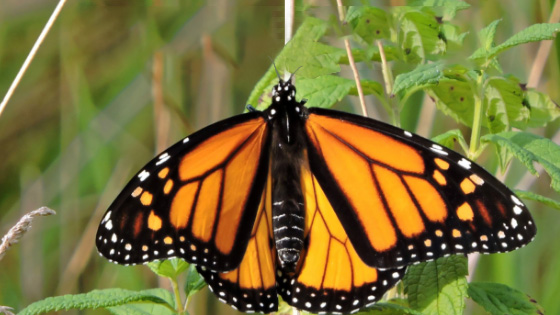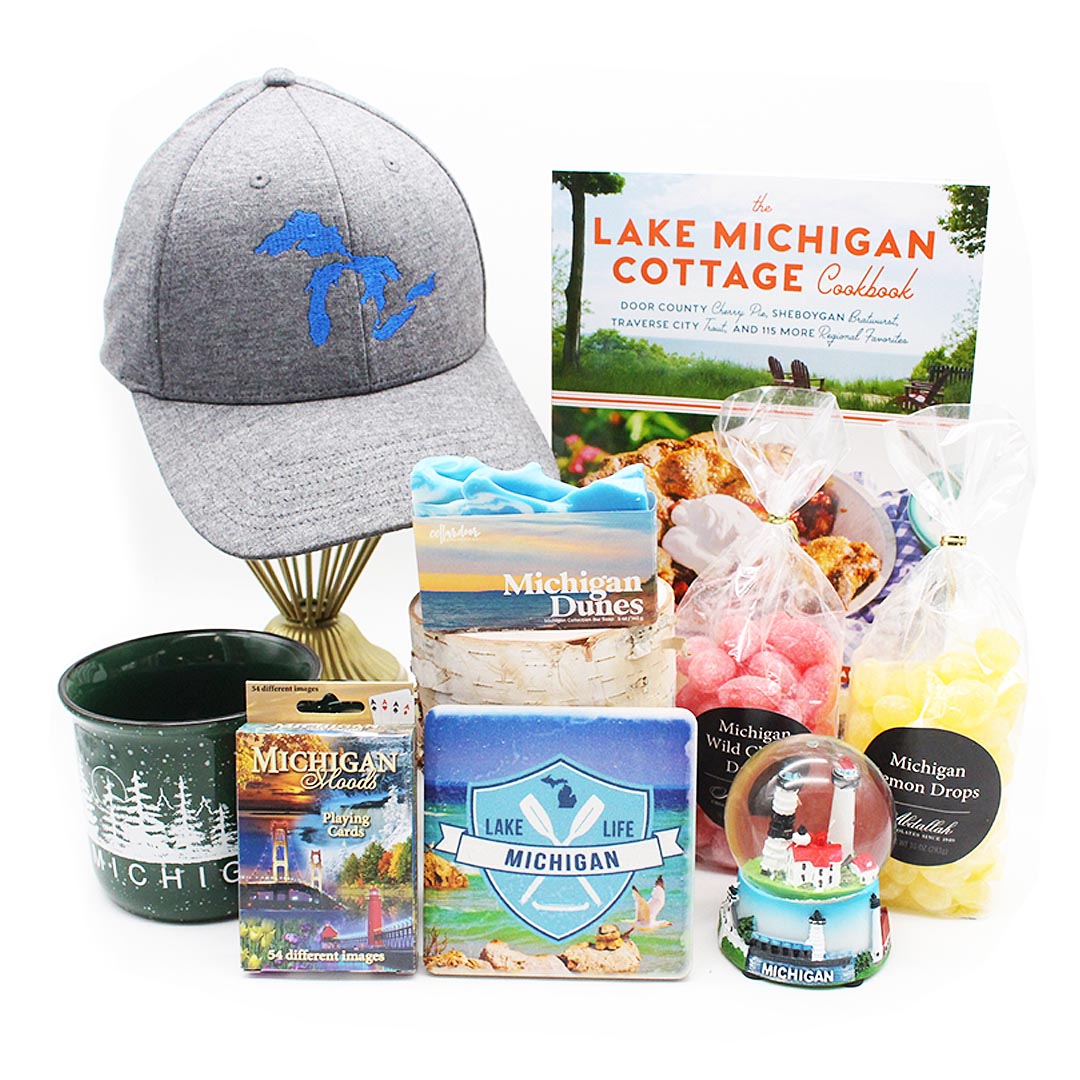Butterflies Will Soon Be Fluttering By in Northern Michigan

Spring is finally (sort of) in the air. In northern Michigan that means the ground has started to become soft and muddy with the April rain, spring flowers like daffodils, crocuses, and tulips are beginning to creep up through the ground, and we are noticing the sounds of hundreds of different birds in the trees above and around us. It means we are finally able to enjoy our first Oberon of the season, and that our Tigers are returning to Comerica Park. Spring is also a time in Michigan when we start to spot the first monarch butterflies and many other butterfly species as they emerge from their chrysalises. Michigan is actually home to 135 varieties of butterflies with monarchs being the most abundant. Monarch butterflies are not only beautiful and majestic, but they are also very important to the health of our planet. While they are feeding on nectar, they are pollinating many types of wildflowers. If you are curious as to all of the different types of butterflies you may see this spring and summer, there is an extremely helpful and useful guide put out by the website iNaturalist thanks to a creation by the Jamieson Lab at Oakland University. It contains the names and pictures of all of the different types of butterflies you may spot in our state. You can view this guide by clicking here.
Throughout this spring and summer I encourage you to get out in nature as often as you can to see how many different kinds of the 135 varieties of butterflies you can spot. However, if you want to take your butterfly appreciation game to a whole new level and be totally immersed in all things butterfly, let me recommend three spots in Michigan for you to travel and explore. (Side note- I recommend that you visit the web sites listed and call ahead to these spots to make sure they are open before you venture out).
- The Original Butterfly House is on Mackinac Island. This is one of the closest butterfly exhibits to Petoskey and is very popular in the summertime. It was established in 1991 making it one of the oldest in the country. It contains 1800 square feet of tropical garden filled with hundreds of live butterflies from four continents.
- G.T. Butterfly House & Bug Zoo is located in Williamsburg, so this is also relatively close to Petoskey. The butterfly garden there is filled with plants and flowers that best attract the many species of butterflies that are housed there. There are also water features as a part of the ambience that add to the tropical feel.
- Frederik Meijer Gardens Butterflies are Blooming is located in Grand Rapids. Yes, this one is a little farther away, but I promise you, it is worth the drive. Frederik Meijer Gardens is simply amazing no matter what time of year you visit, but if you can get there during the butterfly display which is always March 1 through April 30, you are in for a treat. They boast the largest temporary tropical butterfly exhibition in the United States. There are more than 60 species of butterflies from Africa, Asia, and Central and South America and it is in a tropical environment unlike anything you have ever seen.
Yes, spring has sprung in northern Michigan, and soon you will be able to look up and see our friends, the butterflies fluttering all around. Before I end this blog, I want to leave you with a quiz to test your butterfly smarts. Don’t worry, the answers are below the questions.
- What is a group of butterflies commonly called?
- How many butterfly species are there in the world?
- There is only one continent that butterflies do not inhabit. What is that continent?
- With what body part do butterflies taste?
- How many wings do butterflies have?
- What do butterflies eat?
- How long does metamorphosis take?
- True or false- One species of butterfly, the skipper, can outrun a horse.
Answers – 1. A flutter 2. There are around 165,000 known species 3. Antarctica 4. Their feet 5. Four wings 6. Trick question! They do not eat, they drink nectar from flowers and the juice of fruit. They also need salts and minerals that they receive from drinking out of mud puddles. This is called puddling. 7. 10 to 15 days depending on the species. 8. True- it can reach speeds of up to 37 miles an hour.





